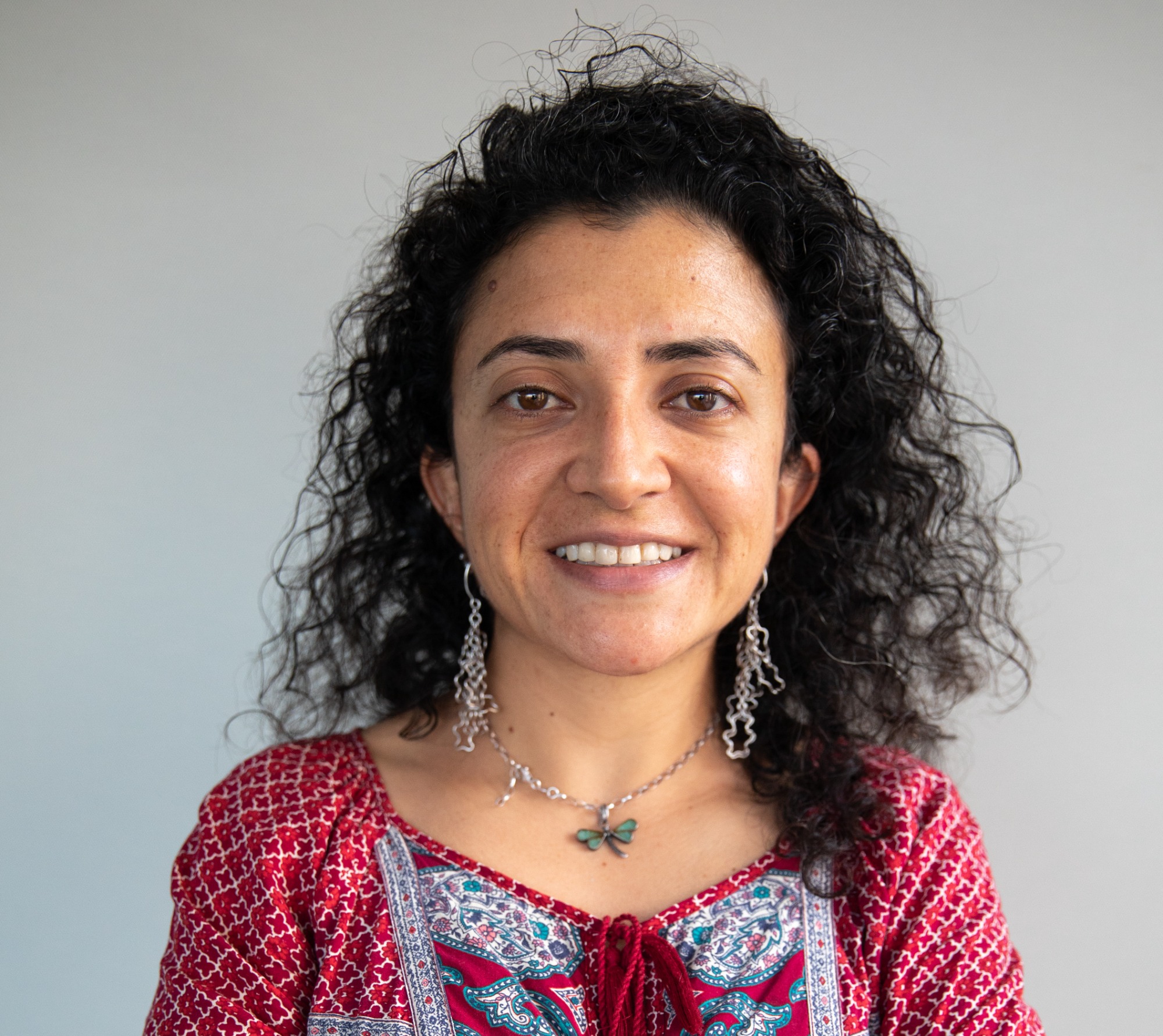The Power of Trees: Weaving Biodiversity Back into Our World
- Paula Iturralde Polit

- Nov 5, 2024
- 4 min read
Biodiversity, the vast variety of life on Earth, is the backbone of resilient ecosystems. It sustains the harmony of essential natural processes like water and nutrient cycles, pollination, and much more, providing natural resources and enabling ecosystems to thrive and evolve in deep connection with all its inhabitants.

In the Amazon, trees are important producers of clouds, often called "flying rivers," which generate essential rainfall patterns.

Unfortunately, deforestation rates continue to increase in some areas, significantly worsening climate change. As the number of trees decreases, drier conditions become more prevalent, highlighting the importance of protecting the remaining forests and restoring what has been lost.

Forests: The Balance Keepers of Climate and Biodiversity
Forests are home to most terrestrial wildlife and plant species, playing a crucial role in maintaining ecological balance. However, they face numerous human-driven threats that make them both vital and vulnerable. These threats lead to a decline in species diversity and disrupt essential environmental processes, jeopardizing the stability of ecosystems and the survival of species that depend on them, including humans.
Beyond their role in supporting life, trees also contribute to the health of our planet by providing oxygen, absorbing carbon dioxide, and regulating the climate. As mentioned earlier, plant diversity and abundance in tropical forests are crucial in regulating local and regional rainfall patterns. Evapotranspiration from rainforest trees contributes up to 41% of the Amazon’s rainfall. The recent extreme wildfire seasons in the region, driven by unprecedented deforestation, have worsened drought patterns, marking some of the most severe droughts on record.
In response, reforestation has gained recognition as a key solution to many environmental challenges posed by climate change. It is essential for restoring at-risk ecosystems to increase forest cover by prioritizing native plants and keystone tree species.
This approach revitalizes habitats, promotes the growth of diverse flora and fauna, and enriches the soil by adding nutrients, reducing erosion, and fortifying root systems—ultimately supporting healthier, more resilient forests.
When combined with conservation efforts, reforestation can enhance the complex relationships within ecosystems, ensuring their long-term stability.
Indigenous Communities: Frontline Defenders of Forest Diversity
It is crucial to recognize the role of Indigenous communities in ensuring the success of conservation and reforestation actions. Indigenous lands have preserved biodiversity for centuries, maintaining greater ecological diversity than reserves or government-regulated conservation areas.

Local communities are the frontline defenders of forests, safeguarding 80% of the planet’s biodiversity and 36% of the world’s remaining intact forests. Supporting reforestation initiatives led by Indigenous peoples is key to improving forest cover, reducing fragmentation and degradation, and protecting wildlife habitats that host diverse biodiversity.

Preserving Biodiversity Through Seed Banks
Planting locally sourced seedlings not only strengthens forests' resilience, helping them recover from disturbances but also aids in re-establishing natural seed sources for future regeneration. Seed banks provide a vital resource to improve the success of these efforts, ensuring that native, keystone, and endangered species can be planted where and when they are most needed.

Seed banks are an excellent way to conserve tree biodiversity, and their value is well-established. As early as 1974, Peter Thompson argued that storing plant material in a seed bank effectively keeps seeds in excellent condition, avoiding issues that may arise and hindering seeds from germinating and growing healthy.
Since then, numerous studies have emphasized the importance of seed banks as a preferred ex-situ conservation strategy. Seed banks allow for preserving tree species diversity in a relatively small space over extended periods—some seeds can last over 100 years if stored in optimal conditions.

However, seed banks are not and cannot be the only solution. As a 2018 publication by Sarah Wyse pointed out, "seed banking is not an option for many threatened species." This is because approximately 36% of critically endangered tree species do not tolerate desiccation and cannot be stored in conventional seed banks, many of which are found in humid tropical forests.
Strategic Reforestation for a Resilient Future
A planned seed gathering in a forest, combined with the knowledge of how to conserve seeds ex-situ or plant them to ensure strong seedlings for in-situ restoration, is essential to boosting the effectiveness of forest regeneration and conservation, especially in tropical forests.
However, the first step in gathering seeds is to find endangered tree species. Since these species are often scarce, this task can be quite challenging. Expertise and knowledge of the local land are essential, and local forest protectors are uniquely qualified to take on this responsibility. Their involvement is vital for the success of these initiatives.

Finding old-growth trees in forest patches requires knowledge and determination. Persistence is crucial, as some seeds can be very difficult to locate. This often entails traveling long distances through tropical forests until the desired tree is found. Even after locating the tree, it's essential to find it at the right time when it is releasing seeds. The ongoing climate crisis complicates this process further.

According to local experts, the changes we are facing with climate are impacting the timing of seed release: “Before, it was easy to know the period of seed release, but it is not nowadays, and more efforts are needed to re-learn these periods. Furthermore, not all trees of the same species will release the seeds at the same time.” Says Omar Tello, Fundación Pachaysana's restorer, and the man who grew his own Amazon Rainforest.

Finally, education and empowerment are crucial in this endeavor. They help revitalize the rich cultural heritage that connects Indigenous peoples to their land, fostering a renewed sense of pride and stewardship. This renewed connection plays a vital role in the successful conservation and regeneration of fragmented forests, transforming them back into primary forests.
Photo Credits:
All images by Fundación Pachaysana.

















